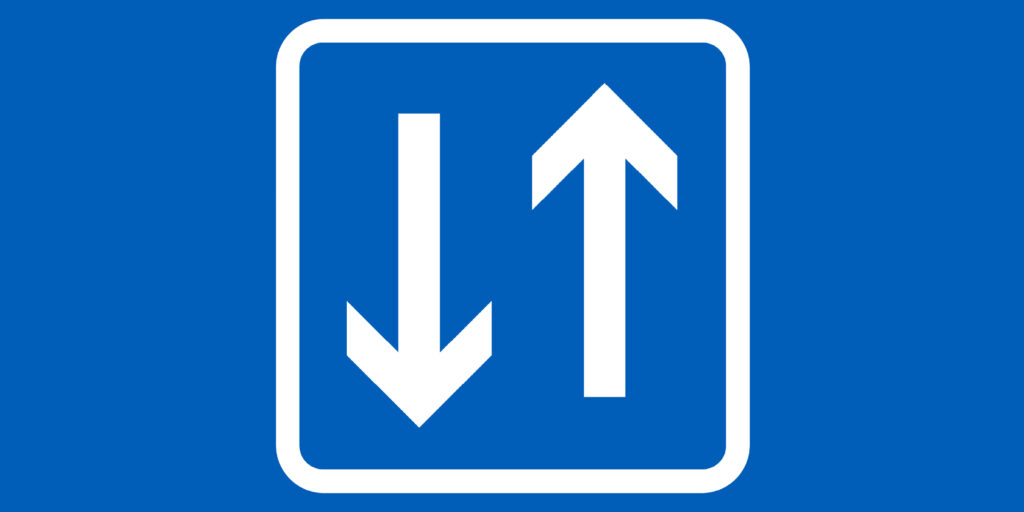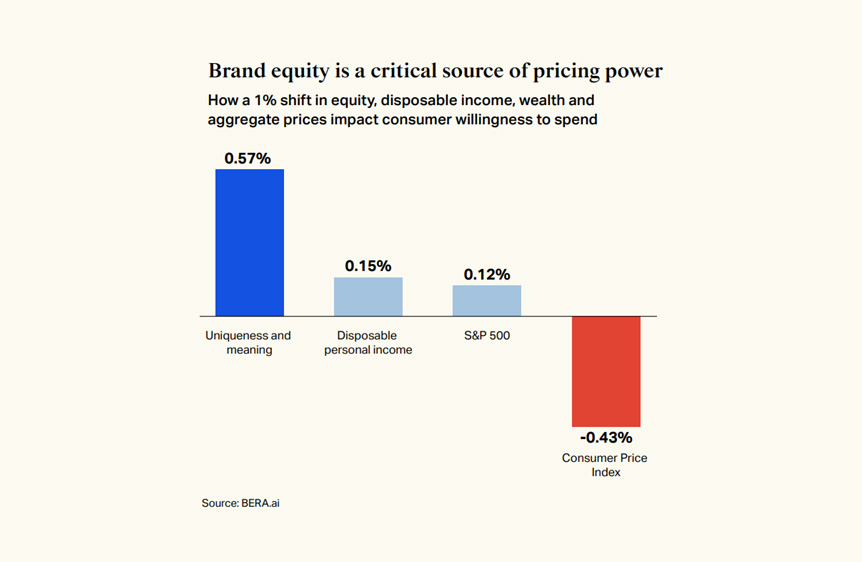How do brands earn their place and their price in 2025? This issue if IVALO Insights looks at what it takes for brands to stay relevant when it matters the most.
We dive into the limits of brand archetypes, the long-term edge of brand equity, and what it really means to market wisely in uncertain times. Whether you’re building trust, relevance or resilience, it’s not about doing more – it’s about doing what matters.

INSIGHT 1
More Zodiac Than Strategy? Rethinking Brand Archetypes

Brand archetypes spark debate, especially on Linkedin, praised as powerful shortcuts to brand personality yet also criticised as marketing mysticism. The model ranks #2 on Mark Ritson’s Marketing Bullshit Index, and for good reason. Two recent perspectives by Marty Marion and Flávio Campos offer critical takes on the framework, both highlighting its limitations and misuse.
What works?
- Not from Jung – The 12 archetypes aren’t Jungian psychology but a marketing invention from the 2001 book The Hero and the Outlaw.
- Beware the mysticism – Both authors warn against the model’s pseudo-scientific aura, comparing it to astrology for brands.
- Oversimplification is risky – Reducing complex, multi-dimensional brands to a single archetype leads to shallow strategy and fuzzy messaging.
- Use with care (if at all) – Campos sees value in archetypes as a narrative tool. Marion rejects them outright, advocating instead for a benefit-led, competitive positioning model.
- Clarity beats categories – As Campos puts it, “It’s okay if your brand doesn’t have a defined archetype—as long as it’s built with distinctiveness and consistency.”
The takeaway for marketers
Archetypes can inspire, but they’re not a strategy. Use them with caution and critical thinking, not as a shortcut to brand clarity. Do you know your archetype, or are you building something more meaningful?
Read More
Marty Marion: The Literal Insanity of ‘Brand Archetypes’
Flávio Campos : The Good, the Bad, and the Ugly of Brand Archetypes
Mark Ritson – Mark’s ultimate marketing bullsh*t top 10
INSIGHT 2
Marketing in a (possible) Downturn: How t Stay Smart, Steady and Strategic

This topic is back on the table, less than five years since the last time, as signs of economic uncertainty return amid the tariffs from the USA. But the message remains the same: brands that hold their nerve, stay visible, and invest in long-term brand health tend to come out stronger. Insights from 2009 HBR article by John Quelch & Katherine E. Jocz and recent data-backed findings offer a clear roadmap for marketers navigating tough times.
What works?
- Segment by mindset, not demographics – Recession psychology matters. From “slam-on-the-brakes” to “live-for-today”, consumers reprioritize what’s essential, treat-worthy or expendable.
- Marketing is a smart investment – Avoid blanket budget cuts. Strategic brands like PepsiCo and De Beers maintained relevance by adjusting focus, not disappearing.
- Build share of voice now – Recessions open space. Brands that continue to invest in ESOV (Excess Share of Voice), like Kellogg’s during the Great Depression, gain visibility and accelerate recovery.
- Balance brand and performance – Short-termism won’t cut it. Brand-building ads outperform performance messaging in both short- and long-term ROI.
- Communicate affordability and trust – Streamline portfolios, be empathetic, and reinforce brand value. Consumers look for reliability in tough times.
- Play the long game – In B2B and beyond, most buyers are future buyers. Build brand preference now so your door is the first they knock on when things pick up.
The takeaway for marketers
Recessions test strategy and character. Brands that stay visible, adapt with insight, and invest in relevance and trust won’t just survive, they’ll lead. Are you preparing for the slump or positioning for the rebound?
Read more
Harvard Business Review: How to Market in a Downturn
Frontify: 10 reasons you should continue investing in your brand during a recession
INSIGHT 3
Brand Equity = Pricing Power: New Data Confirms What Marketers Have Long Believed

Brand archetypes regularly spark debate, especially on LinkedIn, praised as powerful shortcuts to brand personality yet also criticised as marketing mysticism. The model ranks #2 on Mark Ritson’s Marketing Bullshit Index, and for a good reason. Two recent perspectives by Marty Marion and Flávio Campos offer critical takes on the framework, both highlighting its limitations and misuse.
What works?
- Meaning and uniqueness matter most – A 1% increase in brand meaning and uniqueness reduces consumer sensitivity to price rises by an average of 0.57%. In most categories, these two elements are far more powerful than familiarity or regard.
- Brand strength beats inflation – In sectors like tech, retail, insurance, and even CPG, brand equity more than offsets inflation’s pressure on pricing.
- Tailor your pricing to your brand’s strength – Strong brands can focus on performance marketing; weaker brands should invest in brand building to grow their pricing leverage.
- C-suite alignment is essential – Pricing strategy isn’t just finance’s domain. Brand equity should guide pricing, product, and experience decisions across the business.
- Quantifying brand ROI is now possible – With tools like BERA.ai and Bayesian modeling, marketers can directly link brand investments to pricing power, making brand a financial lever, not a soft metric.
The takeaway for marketers
Brand is not a “nice to have” – it’s a core pricing strategy tool. As inflation and margin pressure grow, brands that invest in meaning and differentiation won’t just hold their ground—they’ll lead. Do you know what your brand is really worth?
